Planning a trip to Sweden
Planning your first trip to Sweden? You're going to have plenty of things to see and visit, from sticky buns in Stockholm to reindeer in Lapland.
However, because the Sweden travel experience varies so greatly depending on when and where you go, planning a trip can be like one of those “choose your own adventure” books.
For that reason, Sweden is considered a high-reward, high-preparation destination. It can delight travelers who take the time to plan but can disappoint those who approach it casually.
Sweden’s Safety as a Destination
One thing you won’t have to worry much about as you plan a trip to Sweden is how to stay safe.
Sweden is a safe destination. The Global Peace Index ranks Sweden 39th out of 163 countries for safety, and our own Safest Countries to Travel ratings has Sweden 15th out of 42 countries, but less than a point (out of a 100-point scale) out of the top 10.
While normal safety measures should be a part of your planning process – things like packing multiple copies of important travel documents and buying travel insurance – you shouldn’t have to worry much about avoiding neighborhoods or driving into danger.
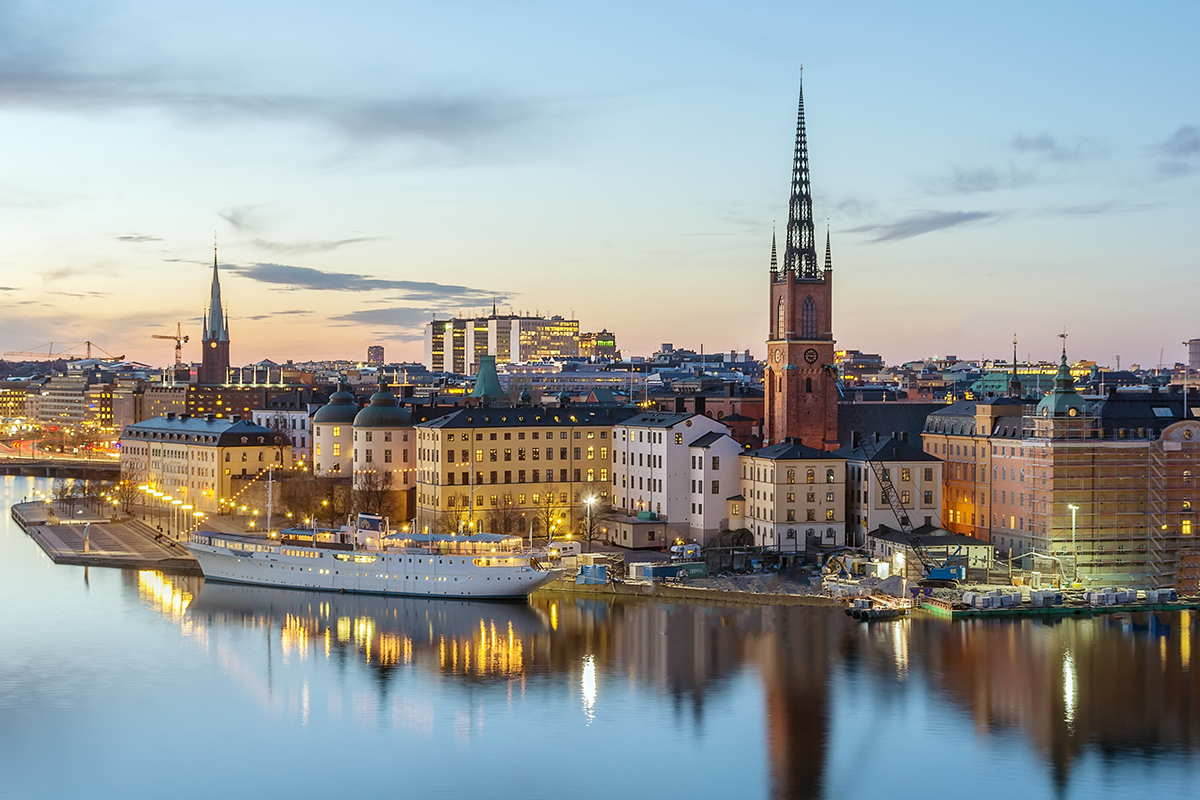
When to Visit Sweden
In addition to varying greatly by where you go in Sweden, Sweden’s popularity as a travel destination varies significantly by when you go.
Summer
Let’s be clear: Most Americans who visit Sweden go between June and August. The weather’s mild and the sun’s out practically all the time – especially the further north you go.
If you’re not part polar bear, this is the time to visit Sweden’s far north, including the reindeer haven of Lapland.
This is also the time to take a Midnight Sun cruise around Sweden to the Arctic Circle.
These cruises, offered by Hurtigruten and others, often start in Stockholm. They’re a great way to see a lot of Scandinavia – and because the sun rarely sets during these cruises, we mean that literally.
The absolute peak time to visit Sweden is around the longest day of the year – June 20. Festivals across the country celebrate midsummer with trips to the country, flower crowns, dances around a pole, and buffets full of smoked salmon, pickled herring, meatballs, and strawberries.
(Skiing, too, if you head north to the Riksgränsen ski resort.)
If you’re wondering where the fireworks, blaring brass bands, and parades are, this is Sweden. There are meatballs. But there’s also copious quantities of Aquavit and other schnapps, so it’s not completely devoid of whoopee.
If you’re planning to visit Sweden during midsummer or most of the rest of summer, expect high prices, lots of tourists, and higher prices especially for lodging.
On the other hand, average temps are 60°-70°F in most areas, so it’s pleasant. But pack a sweater.
Winter
Who goes to Sweden in the winter?
- Budget-minded tourists
- People who want to see how a major European capital handles winter
- Cross-country skiers and other snow lovers
- Northern-lights aficionados
- Reindeer fans
Honestly, Stockholm is not all that cold in the winter – 30°F average temps, or about what you might encounter in Pittsburgh. Perfect for a coolcation.
Of course, it gets much colder the further north you travel, but you’d expect that. And if you’re a hardcore cross-country skier annoyed by a string of indifferent winters in the Midwest and Northeast, you’d welcome that.
Tourist sites like Visit Sweden will tell you that winter in Sweden is magical. There’s something about the northern lights, the crisp air and the deep wilderness. For some it’s magic; for others it’s a reminder that their feet are freezing.
Either way, if you plan on visiting Sweden in the winter, pack warm ... and think warm thoughts.
Spring and fall
You’ll definitely get a northern-tier vibe from the Swedish seasons that aren’t summer and winter. Spring has lots of blooming and blossoming things; fall has changing colors, mostly of the golden, aspen-y sort.
Both seasons are ripe for exploration. Swedes love to get outdoors, so join the crowds. There are beaches to explore, forests to hike through and reasonably sized mountains to climb.
Popular getaway spots like the Änggårdsbergen nature reserve are located close to cities (Gothenburg, in this case) and worth it.
If hiking’s your thing, the King’s Trail is Sweden’s Appalachian Trail. It stretches for more than 250 miles through the country’s north; hiking it takes about a month. But you can camp anywhere (provided you leave no trace), and you can hike pieces of it easily.
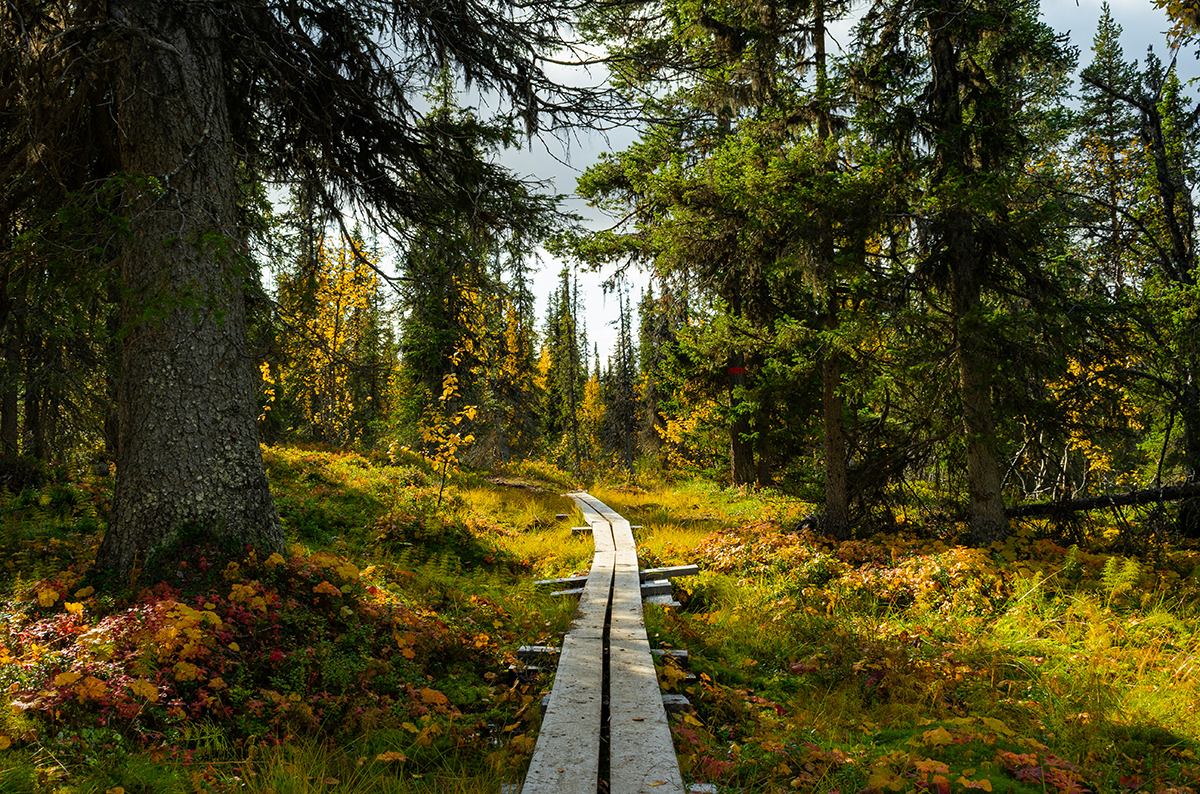
Where to Go
Compared to some other European countries, destinations in Sweden may seem sparse. But that just means there’s more off-the-beaten-path places to explore.
Stockholm
Stockholm is the country’s capital, its jewel, and the place most travelers to Sweden see first.
As one of the great northern European capital cities, Stockholm offers:
- The royal palace and other royal buildings
- An old town (Gamla Stan) in addition to multiple vibrant neighborhoods ripe for exploring
- Scads of museums, including a modern-art museum, several history museums and an ABBA museum (!)
- Great food – in Stockholm’s case, cuisine centered around locally sourced seafood and produce
- Plenty of green spaces for hiking or just hanging out, especially along the water
- Amazing architecture
- Accessible, clean, safe mass transit
Stockholm definitely has its own vibe – open and welcoming, but with a touch of Scandinavian cool. It’s a Sweden must-see for very good reasons.
Other cities
Using Stockholm as a base, you can train or car it to some of Sweden’s other big cities, such as:
- Gothenburg: A compact, charming city renowned for seafood and cafes and surrounded by explorable green spaces
- Malmö: A warm, melting-pot city across the strait from Copenhagen
- Helsingborg: A smaller city, and Sweden’s coffee capital
- Kalmar: Another smaller city that’s renowned as Sweden’s architectural capital
Outdoors
Swedes love villages and the outdoors – and there’s lots to love in Sweden. If you want an active vacation, plan stops at:
- Stockholm Archipelago: More than 30,000 islands within a shout of the city. Popular islands include Vaxholm, Sandhamn and Grinda.
- Abisko National Park: The other extreme. Located 125 miles north of the Arctic Circle, this is the place to see the northern lights. Of course, that generally means visiting in winter.
- Visby, Gotland: A UNESCO World Heritage town on an island in the Baltic Sea, Visby’s expansive old town features time-capsule churches and halls, medieval city walls and cobblestone streets.
- Icehotel, Jukkasjärvi: Some like it cold, and for them, there’s this winter specialty: An icy architectural marvel where guests sleep in sub-zero temperatures on ice beds covered with reindeer pelts and Everest-quality sleeping bags.
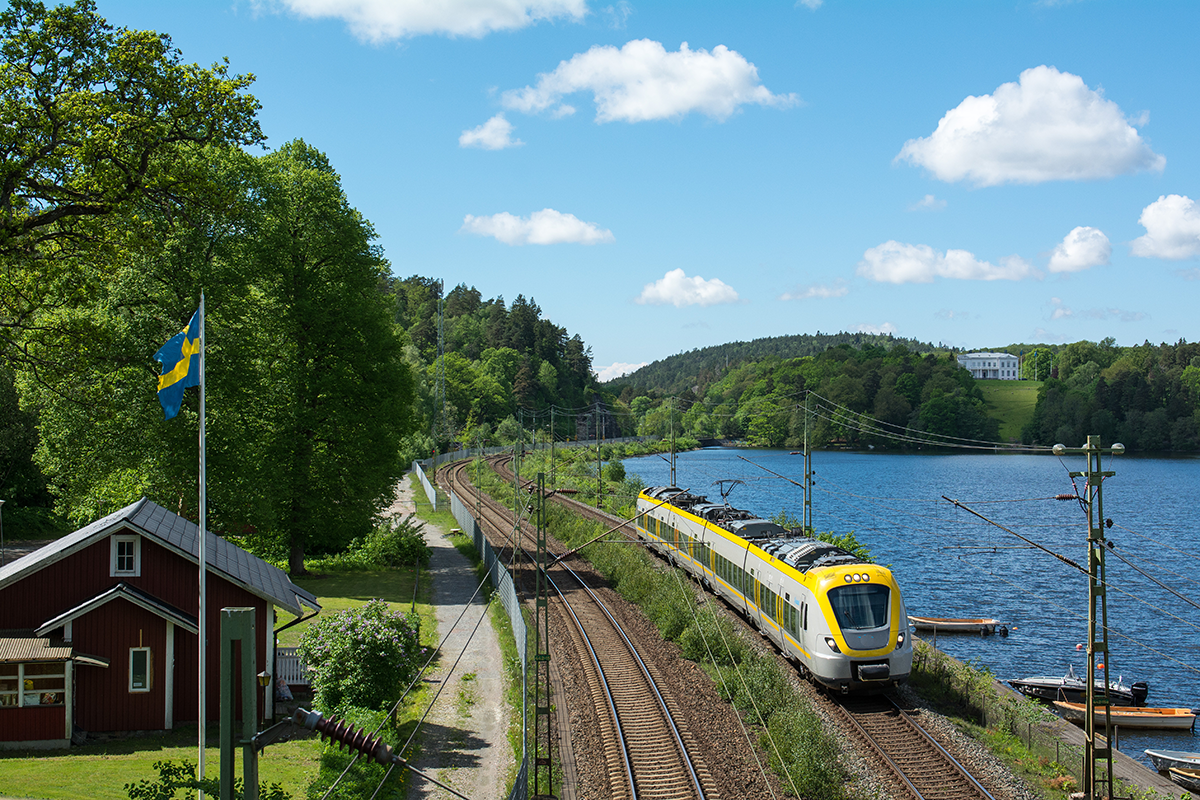
Getting Around Sweden
Sweden, like almost all European countries, is a breeze to get around. Choose your mode of transit depending on how much time you have and where you want to go.
Air
SAS and Norwegian Air connect major cities and the far north, with most domestic flights taking no more than a couple of hours. Book early for the best rates.
Rail
Three different railways run passenger trains in Sweden. High-speed X2000 trains connect Stockholm, Gothenburg and Malmö, while slower but punctual trains connect smaller destinations around the country.
For something truly special, consider the Arctic Circle Train. This train starts in Stockholm and goes through Luleå, then heads to Narvik in Norway via the Swedish towns of Kiruna and Abisko.
It’s a 19-hour rail trip that shows you sights you won’t see any other way.
Eurail passes work with all the rail providers, and sleeper trains from Brussels or London are also an option.
Driving
Driving gets you to many of the country’s more remote areas.
The cities are fine for driving – and by that, we mean they’re European cities, with narrow streets, unclear interchanges, lots of pedestrians, and so many bikes. You can get around, but it’ll be better for everyone if you park the car on the outskirts and take mass transit.
Highways are clearly marked, though rural roads can be narrow and confusing.
Two caveats:
- International driving permits are required
- Winter driving requires studded tires or chains in many regions
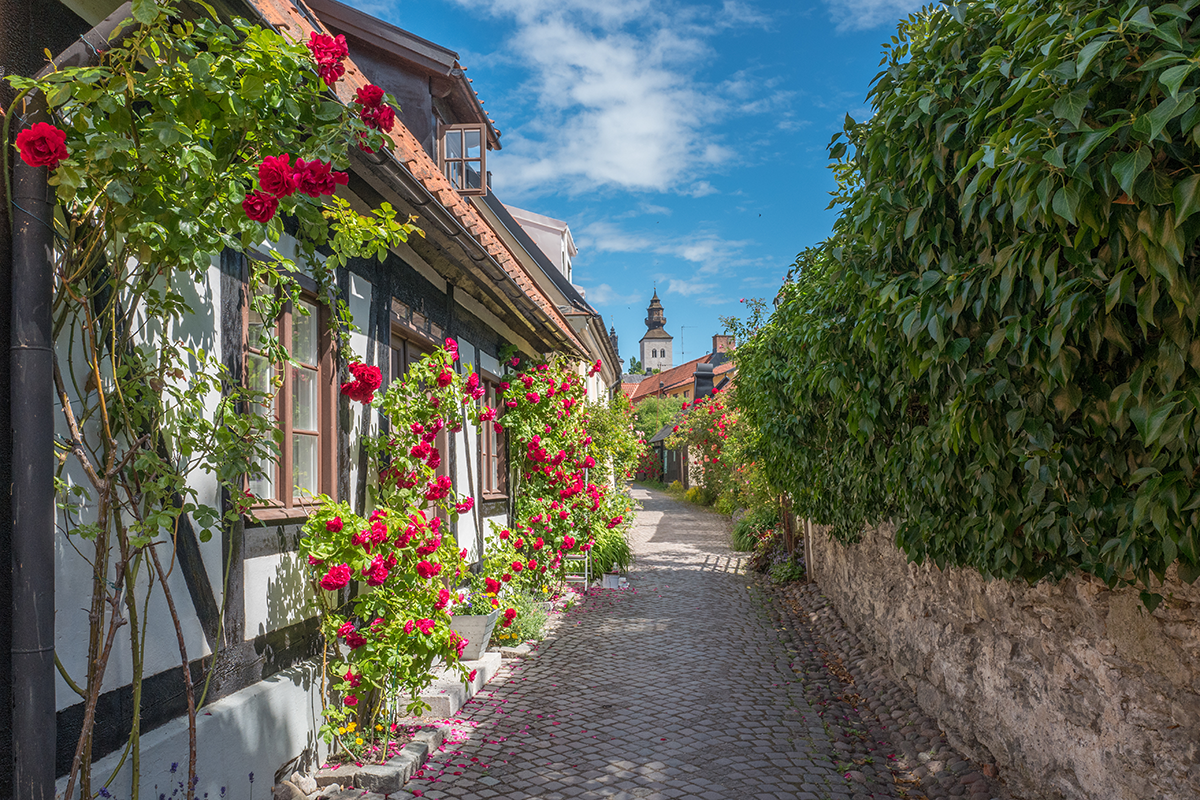
Where to Stay
In a place like Sweden, it pays to be adventurous. When it comes to lodging, that could mean:
- Staying in a boutique hotel in Stockholm’s Södermalm neighborhood
- Staying out in the Stockholm archipelago
- Staying in the ice hotel (in season, of course), a treehouse or a traditional lodging in Lapland
- Staying in the old center of Gothenburg
Airbnb has a wide range of lodging options in Sweden, and your travel professional likely has some suggestions, too.
Documentation
U.S. citizens should pack a valid passport, one that isn't expiring in the three months following your trip. That will allow you to stay in the country for up to 90 days within a 180-day period.
In addition, you should pack:
- A copy of your passport
- Copies of prescriptions
- Emergency contact numbers (friends, family, doctors, airlines, travel insurance provider)
- A copy of your travel-insurance policy
Cultural Etiquette
Many Swedes speak excellent English, especially in tourist areas and among younger generations, but it never hurts to learn some basic Swedish words like “tack” (thank you) and “ursäkta” (excuse me).
Swedes value punctuality. Arriving on time shows respect for others' schedules.
They also like quiet. The quiet car on public transport is just that. Take your convos elsewhere.
Tipping isn't mandatory in Sweden; restaurant bills include service charges. However, rounding up for exceptional service is a nice thing to do.

Budget Planning
Stockholm is one of Europe's most expensive cities. Save by staying outside city centers and using public transportation.
Other Swedish towns and cities are less expensive, until you get to the far north, where supply logistics drive up costs.
However, nowhere in Sweden can be considered cheap.
When budgeting for your trip, figure on:
- $60-$80/person/day for budget travelers: staying in hostels, using public transport and buying groceries for at least two meals a day
- $120-$150 for mid-range travelers: staying in modest hotels, seeing a few attractions, eating out in lower-end restaurants
- $250+ for luxury travelers: staying in premium accommodations, fine dining, taking private tours
Money
A couple notes on money: It’s not that your euros are no good in Sweden, but the Swedish krona is the official currency. Also, most establishments accept and prefer credit cards, making the previous sentence largely irrelevant.
Packing
Sweden has four definite seasons and at least two temperature zones. You need to pack accordingly.
Summer/spring/fall travel
In general, you should check our post on cruise packing and pack for an adventure cruise. Must-packs include:
- Lightweight layers – including at least one sweater – for temperature variations
- Waterproof jacket
- Comfortable walking shoes
- Sunglasses and sunscreen
- Eye mask for sleep during bright summer nights
Winter travel
Again, follow our recommendations for a cold-weather cruise and be sure to include:
- Insulated, waterproof outerwear (layers are recommended)
- Thermal underwear and wool socks (multiple pairs)
- Insulated boots (pac boots or equivalent) with good traction
- A warm hat
- Hand and foot warmers
- Extra phone chargers
Communication
A local SIM card is a good idea for extended stays. Otherwise, add an international calling feature to your phone plan that activates when you make international calls or texts.
Speaking of phones, get a wrist strap or lanyard for your phone. Phone snatch-and-grabs are not unheard of in Sweden.
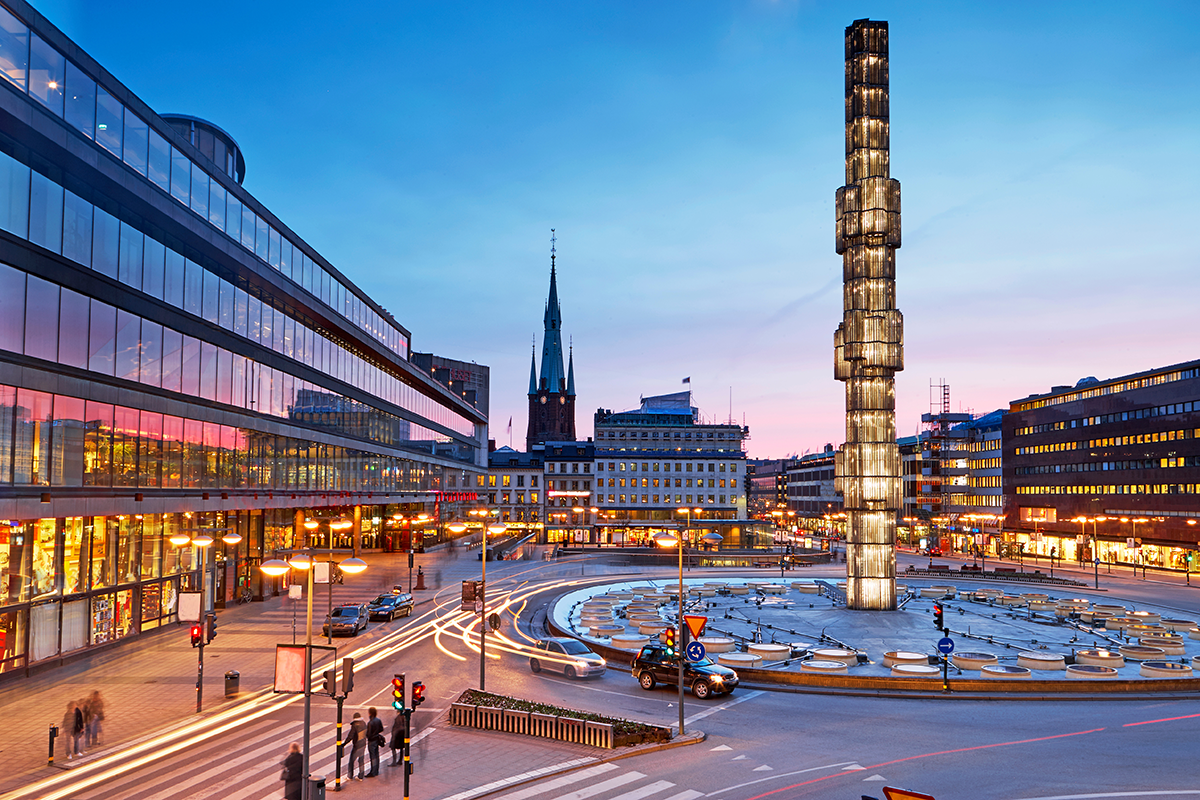
Travel Insurance
Sweden's healthcare system provides emergency treatment for visitors, but payment is required at the time of service.
For that reason and many others, it’s prudent to protect your trip with travel insurance that covers medical emergencies, trip cancellations and sporting equipment – travel delays, too, especially if you’re traveling in winter.
Because a Swedish vacation can be anything from a cruise to a dog-sledding trip to the far north, choose a travel-insurance provider with a variety of plans to cover varied travel.
Berkshire Hathaway Travel Protection has an industry-leading array of plans that includes dedicated coverage for cruises (WaveCare®), adventure travel (AdrenalineCare®) and luxury travel (LuxuryCare®).
The process starts with getting a quote, and getting covered is easy.
Success Tips
These final planning tips can help ensure a successful trip.
- Book summer visits and northern-lights tours early. Also, if there’s a particular restaurant you want to try, especially in Stockholm, book before you go.
- Download offline maps and/or buy maps and guidebooks if you’re hiking or driving in remote areas. Let someone know where you’re going and how long you plan to be there.
Sweden's a special place that offers a lot of diversity in a relatively compact package. Enjoying all it has to offer requires planning. And including travel insurance from Berkshire Hathaway Travel Protection just makes everything go smooth ... smooth as a sip of Swedish coffee in a Stockholm cafe.
Questions About Travel Insurance?
Check out our online guide, "What Is Travel Insurance All About?" We've provided in-depth answers to all your travel insurance questions, starting with the basics.